Estimated reading time: 8 minutes
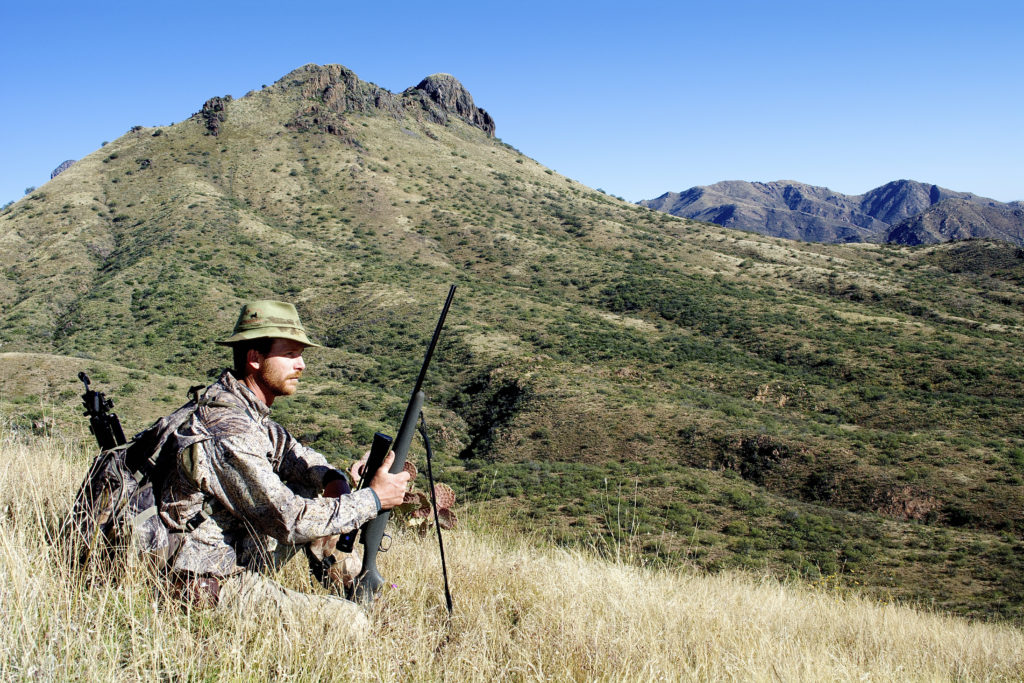
The author finds a good coues buck at last light. He has to sprint 1300 yards and then shoot steeply uphill through a thin screen of grass. Should he take the shot?
Table of contents
The sun was setting over the Sonoran desert of southern Arizona, stealthy shadows chasing its last rays from the arroyos and cholla-covered hillsides. A towering cliff topped the highest peak to my east, and as the shadow battalion marched up its base I turned my binoculars for one last look. There, standing in the rosy glow of the receding sunshine, was a buck. The largest buck I’d seen all week, besides one that had been spooked by other hunters and made like a comet, leaving a trail of dust as it headed for Old Mexico.
This buck was standing just below the cliff among some green scrub oaks; a place I’d glassed for days and never yet seen a deer. He was no monster, but this was the last hour of the final day of the season, and I was in no position to be picky. He was no slouch either, being a nice representative buck with a full frame of points. The problem was, the deer was a thousand and three hundred yards away, with three small canyons to cross en route. Getting close enough for a shot was going to require a hardcore sprint across the boulder-strewn, cactus-infested slopes of the Sonoran.
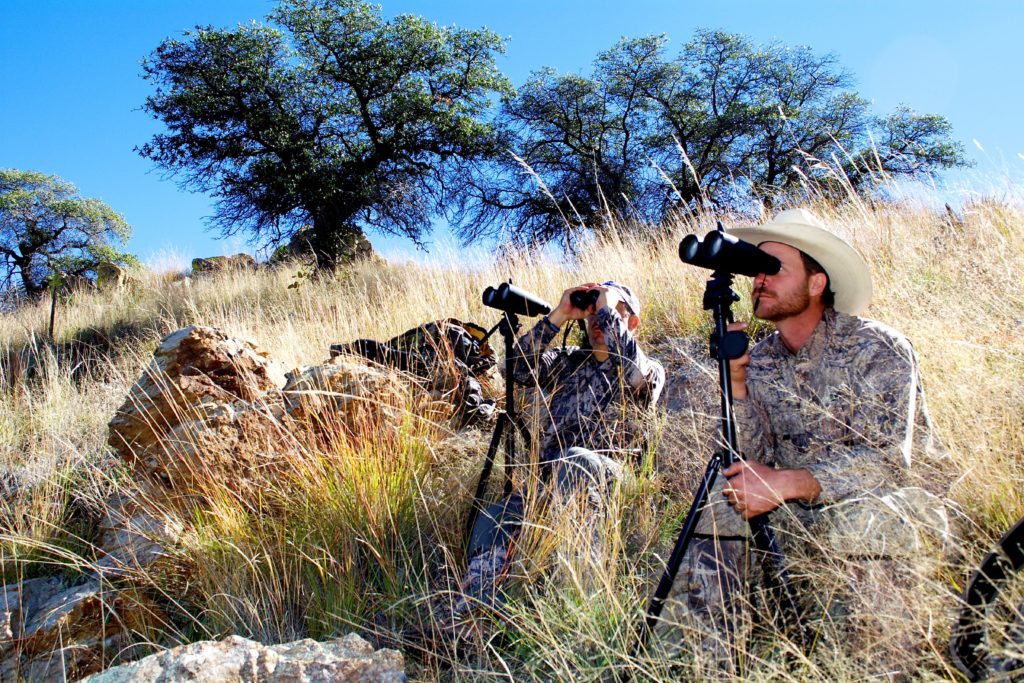
COUES DEER
Hunting Coues deer is very different from hunting your typical whitetail. They are a subspecies of the same genus; indeed many Arizona hunters simply call them whitetails. But their habits are nothing alike; by nature, Coues are more akin to wild sheep than deer. They frequently live in exceptionally rugged terrain. They are ridiculously cognizant of their surroundings, and they move like little grey ghosts. You might grid a canyonside through your binoculars for hours without seeing a thing, and then suddenly several deer will be standing there. Like I say; ghosts. Hunting these deer requires serious dedication, good optics, and a plethora of patience.
Coues whitetails are small – the smallest of all North American subspecies except for the Florida Key deer. A mature buck might top 100 pounds on a good year, and stand 30 inches at the shoulder. This makes them a challenging target, especially when you consider the fact that most shot opportunities are longer than average distance. The big, rugged desert terrain where they live dictates that. Oftentimes, it’s impossible to get closer than three to five hundred yards.
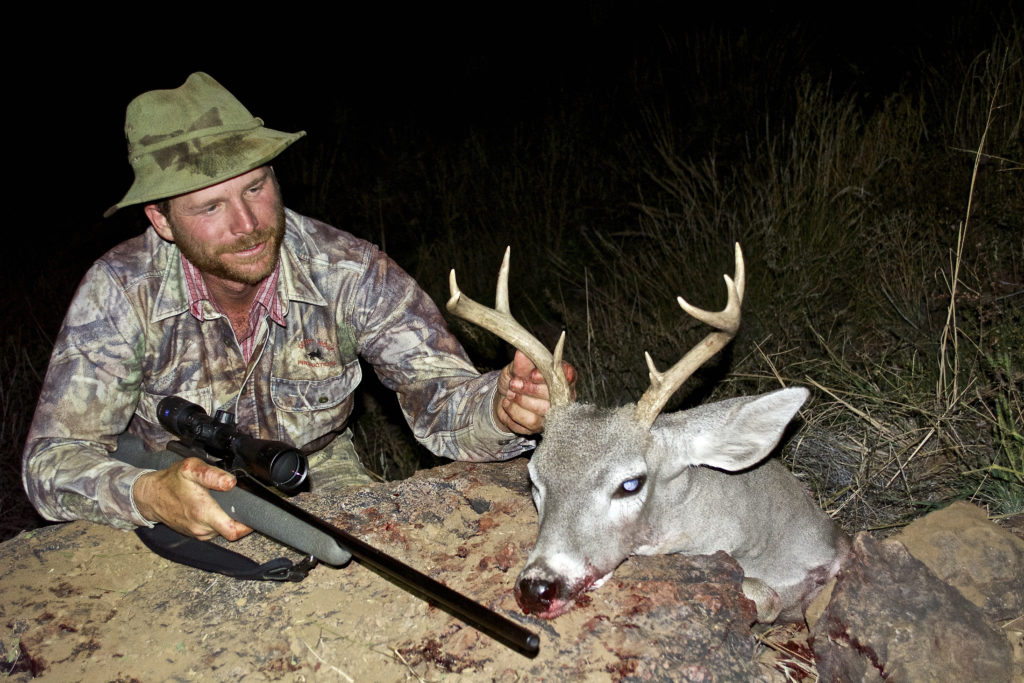
RIFLE, OPTIC, AND AMMO
My rifle for the hunt was a lovely old Remington 700, built in their custom shop decades ago. This was back in the day when Remington turned out some nice firearms. The rifle had been custom-ordered by a left-handed fellow and was built in their “Mountain Rifle” configuration. I usually shoot left-handed to accommodate my dominant eye. My brother was working in a gunshop when this rifle came across the counter, and he was fortunate enough to snag it for me.
Chambered in .30-06 Springfield, the rifle features a slender, deep blue 24-inch barrel, a perfectly balanced lightweight fiberglass stock, and a very decent factory trigger that breaks at around three pounds. I mounted a Zeiss Conquest 4.5-14X44 scope complete with their RZ-800 reticle. This reticle has been discontinued, but was, and still is, my favorite Christmas-tree-style reticle. With it, I was accurate on elk-sized targets out to 800 yards and deer-sized targets to about 600.
For ammunition I was using hand loads topped with 180-grain Nosler Accubond bullets, sporting a G1 ballistic coefficient of 0.507 and going about 2750 FPS. This load was overkill for the little whitetails, but I’ve never yet killed something too dead. Candidly, though, a smaller, faster load is more ideal for Coues deer.
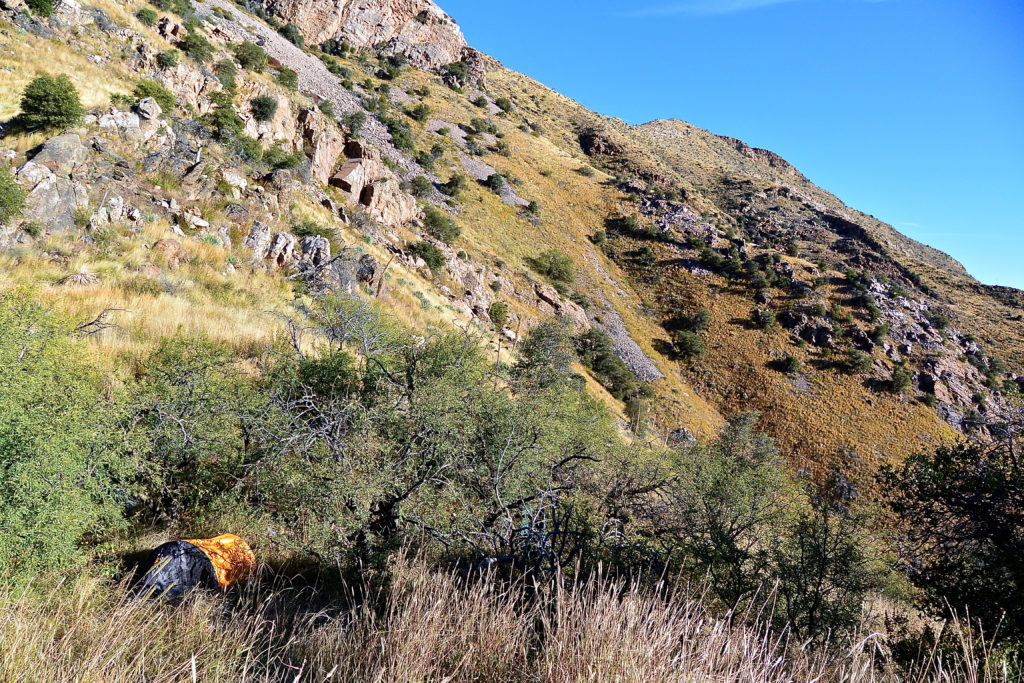
THE COUES DEER SCENARIO
Some buddies and I backpacked into an area and hunted hard for four days without a shot at a mature buck. The hunting wasn’t great, but we persevered right through the last moments of the last day, hoping for luck to turn our way. That’s when I spotted the buck in this story, sunning himself below the big cliff-topped peak.
There was a little point several hundred yards below the buck’s position, and I knew if I could get there before he moved I’d have a shot. That point was 1300 yards from my current position, and three small canyons were cutting the mountainside I’d be traversing. I may not be able to make the distance before dark set in, or the buck might take three steps and vanish into the sea of brush. Nonetheless, it was my only chance to kill a deer so I grabbed my pack and took off. My brother Joseph came with me.
STAKES GETTING HIGHER
Heaving for air, we scrambled across the desert mountainside, running wherever possible. The sun sank fully behind the western peaks, and as we belly-crawled onto our destination point I doubted that the buck would still be in sight. Much to my delight he still stood, looking like a statue. However, he had already spotted my face pushing through the grass, despite my best efforts to remain unseen. Carefully, I hit him with my laser rangefinder. The distance was under 300 yards; remarkably close for a shot at a Coues deer.
Shoving my pack in front of me for a rifle rest, I found the buck in my scope. The angle was extreme, with the buck very steeply uphill from our position. There were are few strands of tall grass in front of my muzzle, but the buck was growing nervous and I knew if I didn’t shoot now the only chance any of us had found in four days of hunting would evaporate. Joseph had crawled into position alongside me, ready in case I missed.
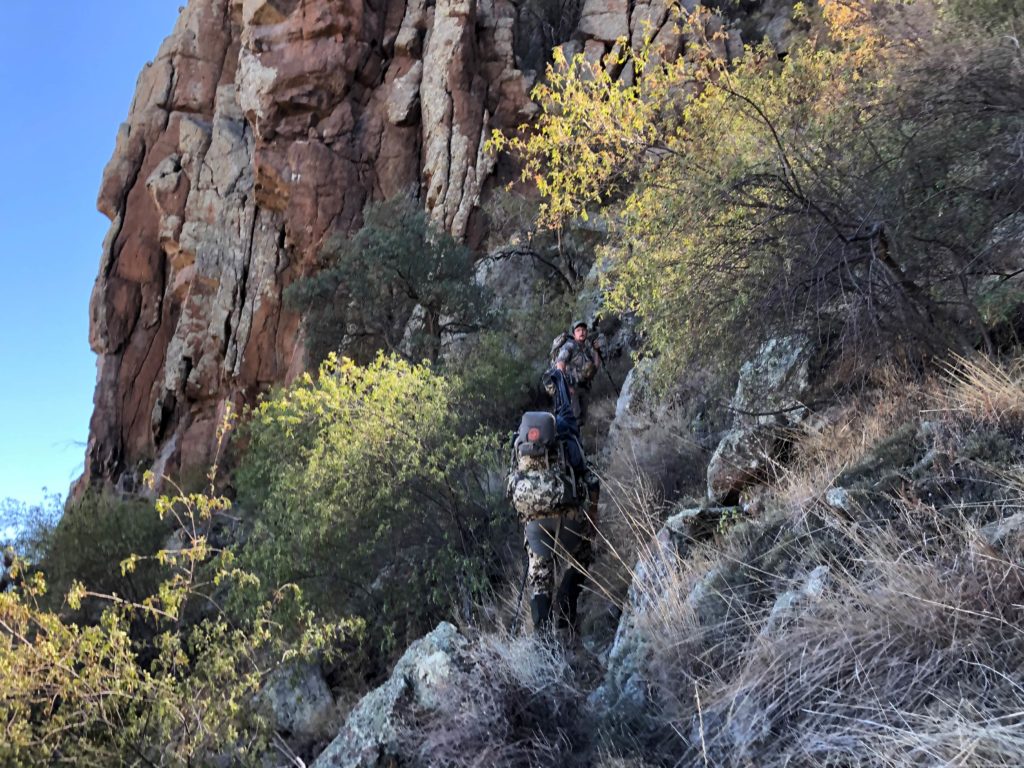
COUES DEER – TAKE THE SHOT?
Put yourself in my desert sneakers (By the way, Danner Tachyon’s are the best desert hunting shoes I’ve found.): You’ve traveled far, camped out of your backpack, and hunted from dawn to dark for four days straight. This is the first good shot opportunity any of your group has had, and the range is steep but comparatively short. Would you take the shot?
HERE’S WHAT HAPPENED: TRUE STORY
I took the shot. The trigger broke perfectly and I felt like I’d drilled the buck. But then he was running along the slope, seemingly hit low in the body. I shot again, and then again. Joseph shot simultaneously with my third shot, and the buck dropped in a heap, finally well hit.
Frustrated, I tried to assess what had happened. My first shot had hit the buck low, the second even lower, the third far back. I usually place my bullets with precision, and I felt like I was shooting well. But I wasn’t hitting well. I felt bad that Joseph had to shoot the buck, but was glad we put him down.
In the fading light, I studied what might have gone wrong. One of two things occurred: Either I had a high-speed come apart and just shot poorly, or my bullets were deflecting slightly on the few fine grass stems to the fore of my muzzle. I like to think that was the case, but to this day, I still don’t know the answer.
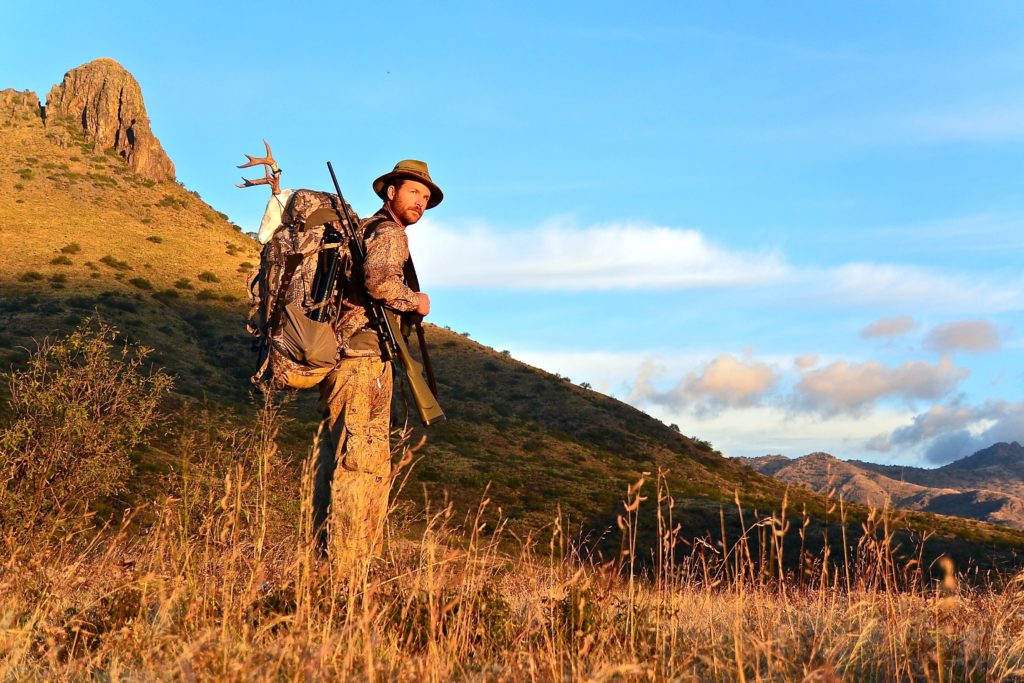
CONCLUSION
Would I take that shot again? You bet I would, but I would push my luck and hope the buck stood long enough for me to find a higher rest so my bullets would clear the grasses. I may have even needed to sit up. Good chance the buck would have spooked and disappeared. In that case, I wouldn’t have gotten a shot, but that would have been better than making several poor hits before putting him down.
I’ve learned it is possible to place lethal shots through a thin screen of grass or brush, but the material must be close to the animal. In this case, my bullets had to travel over 250 yards after touching those delicate grass stems, and even that slight touch was enough to change their path a bit.
Or I just shot badly.
What do you think? Would you have taken the shot? Let me know in the comment section below.